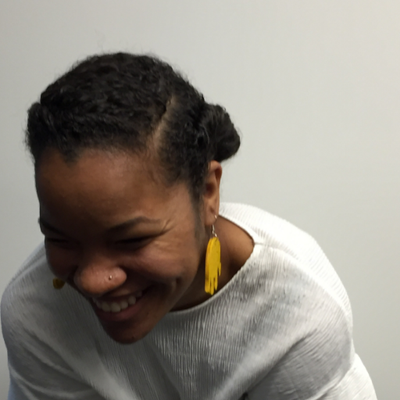
by Michele Kirichanskaya | Feb 21, 2024 | Blog
Erika Turner is a writer, a poet, and the daughter of storytellers. Sometimes, she writes songs she may one day share. Once, in a Brooklyn community center, she read James Baldwin’s quote “You can’t tell the children there’s no hope,” and...
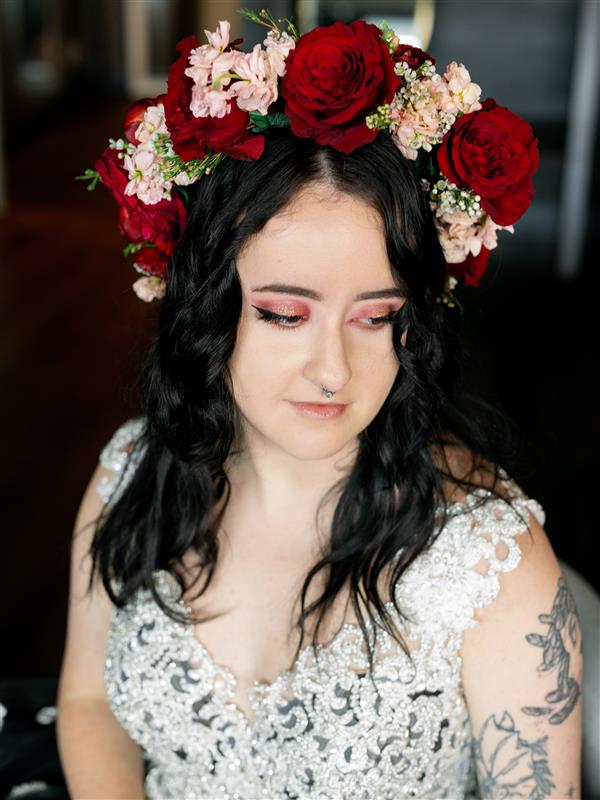
by Michele Kirichanskaya | Feb 16, 2024 | Blog
Deya Muniz was born and raised in Rio de Janeiro, Brazil, where they grew up watching Pride and Prejudice and reading copious amounts of shojo manga. In 2017, they moved to the United States to pursue a master’s degree in sequential art, where they met and fell...
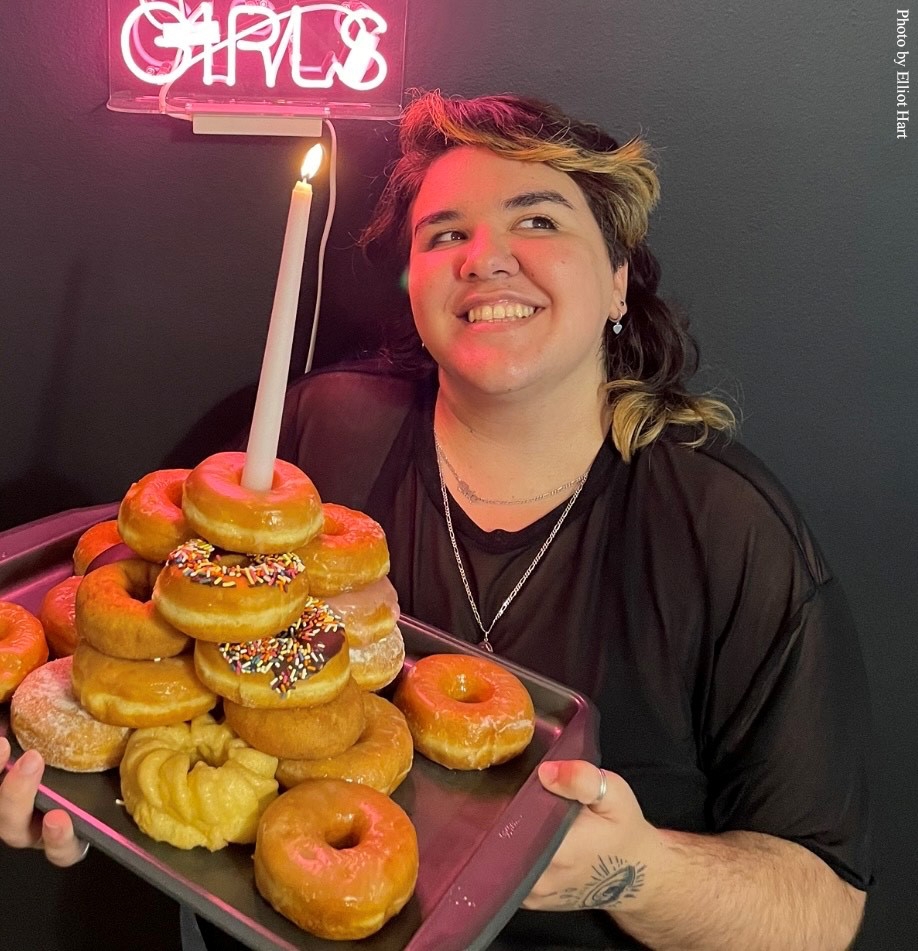
by Michele Kirichanskaya | Feb 14, 2024 | Blog
Mel Valentine Vargas is a Queer Cuban-American graphic novelist based in Chicago. They hope to draw the kind of illustrations that their younger self, and others like them, could have seen to feel less alone. Mel Valentine Vargas loves singing in Spanish, playing...
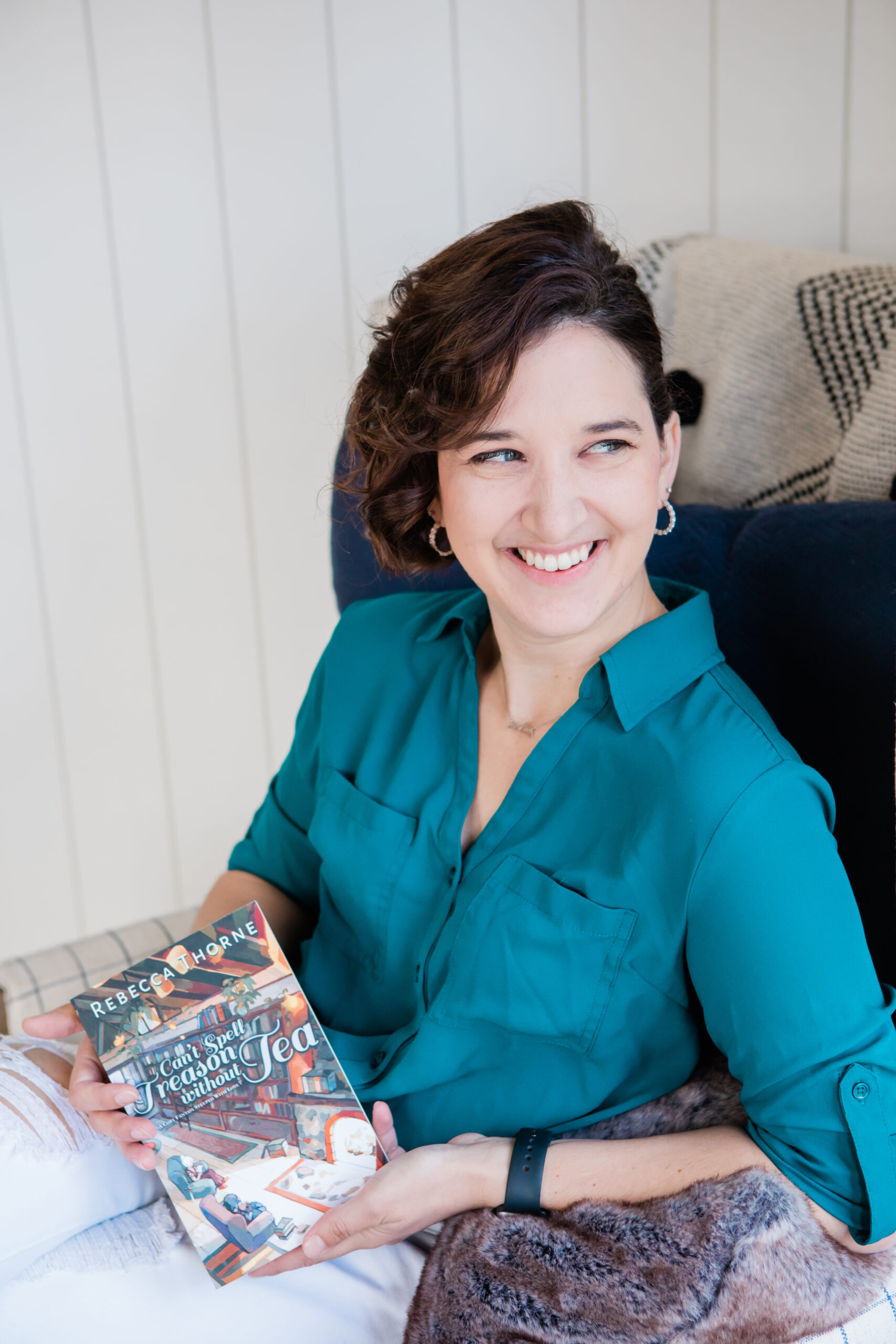
by Michele Kirichanskaya | Feb 11, 2024 | Blog
Rebecca Thorne (she/her) is an author of all things fantasy, sci-fi, and romantic, such as the Tomes & Tea series. She thrives on deadlines, averages 2,700 words a day, and tries to write at least 3 books a year. (She also might be a little hyper-focused ADHD.)...
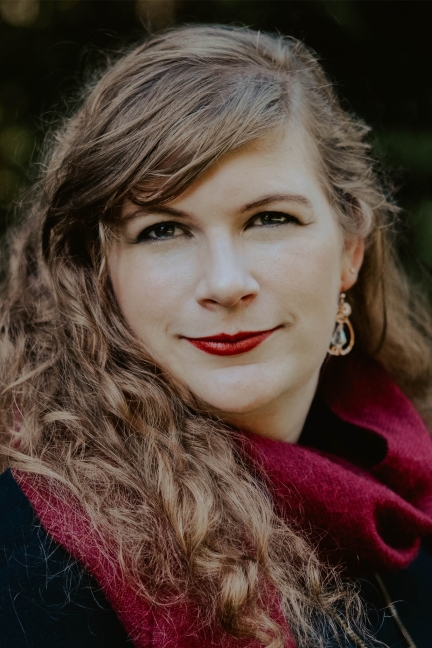
by Michele Kirichanskaya | Feb 8, 2024 | Blog
Born and raised at the end of the Oregon Trail, Margaret Owen first encountered an author in the wild in fourth grade. Roughly twenty seconds later, she decided she too would be an author, the first of many well-thought-out life decisions. The career plan shifted...
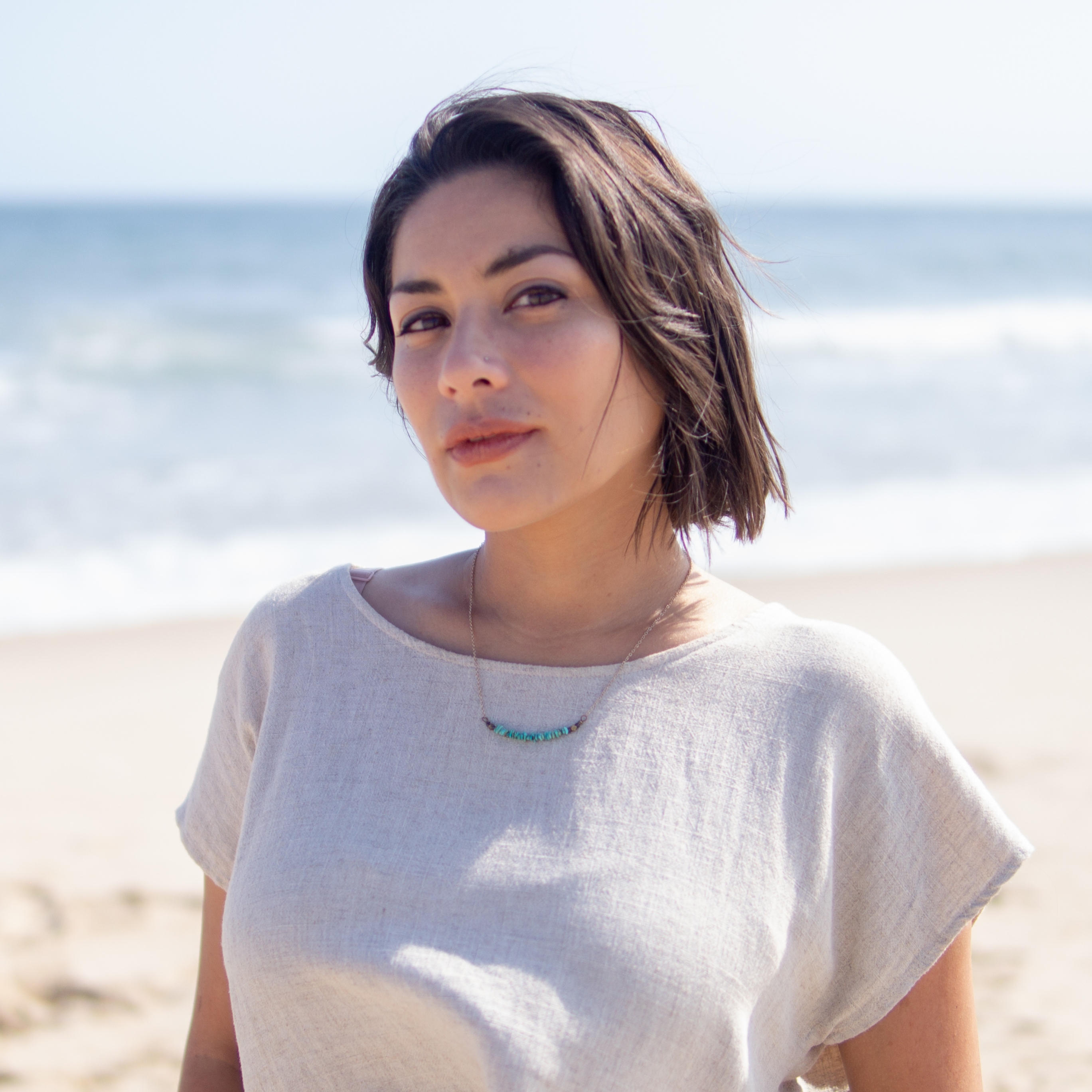
by Michele Kirichanskaya | Feb 2, 2024 | Blog
Shannon C.F. Rogers is a multiracial American writer of Filipinx and European descent. Her work has appeared in Bodega Magazine, Newfound Journal, and on stage with Tricklock Company, Lady Luck Productions, and the UNM Words Afire Festival of New Plays. She earned her...







